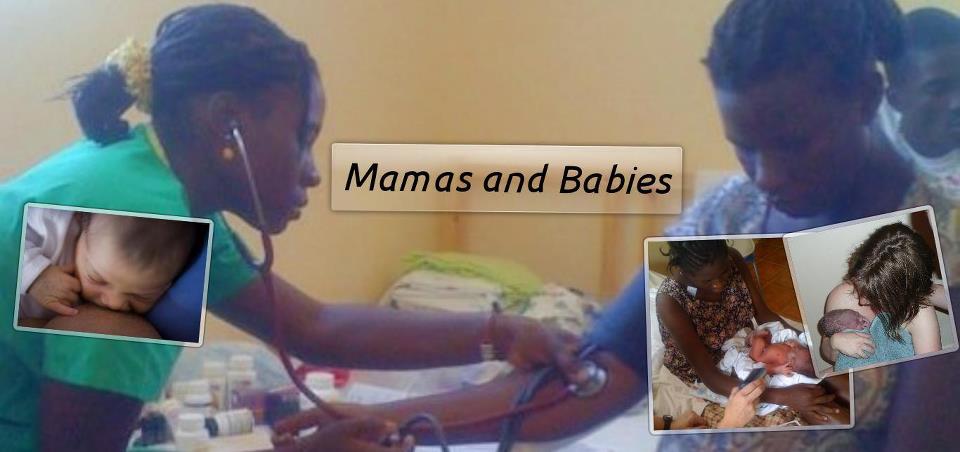
I have always used disposable diapers, but lately I've been getting increasingly frustrated with the cost of buying disposables. My niece uses cloth diapers and raves about how wonderful they are. She uses one size fitted diapers from
Bum Genius and her diaper supply cost a one-time investment of just over $400 for these very nice diapers.
Today I ran across a group that works to give cloth diapers to families in need all over the world. They call themselves
Miracle Diapers and they have already cloth diapered 1,000 babies in 3 years. They are not currently taking nominations, but I think this is a very worthy cause if you can donate to it or somehow get involved in their work.
Through the Miracle Diapers website I have also found a website with some simple sewing instructions for cloth diapers. You can
sew a complete diaper stash for less than $30! If you use old clothes (t-shirts and wool sweaters) you can make a complete set of prefold cloth diapers for about $25. If you prefer fitted diapers, it's possible to make a set for about $42, and flatfolds will cost you about $49 to make the set. The cost is based on buying bundles of t-shirts and wool sweaters from a thrift store, so if you use your own old clothes you can do it for even less.
Cloth diapers are extremely earth-friendly, and over time they can save you a lot of money compared to buying disposable diapers. For example, a box of size 1 Pampers on Amazon.com is about $24.69. Newborns go through about 12 diapers a day, so a month of diapering with disposables will set you back $88.92. This cost will lower when your baby is older and you are changing less often, so you can assume that most older babies will cost around $80 per month.
If you diaper for 2.5 years, 30 months, you'll spend around $2400 for one child. A full set of brand new fitted cloth diapers is over $400 and can be reused for each child you have. If you make your own cloth diapers, the cost savings are even more!
 This a major event including the screening of three amazing childbirth films: Orgasmic Birth, The Business of Being Born, and Pregnant in America, and the producer of Orgasmic Birth will be at the screening as well!
This a major event including the screening of three amazing childbirth films: Orgasmic Birth, The Business of Being Born, and Pregnant in America, and the producer of Orgasmic Birth will be at the screening as well!





